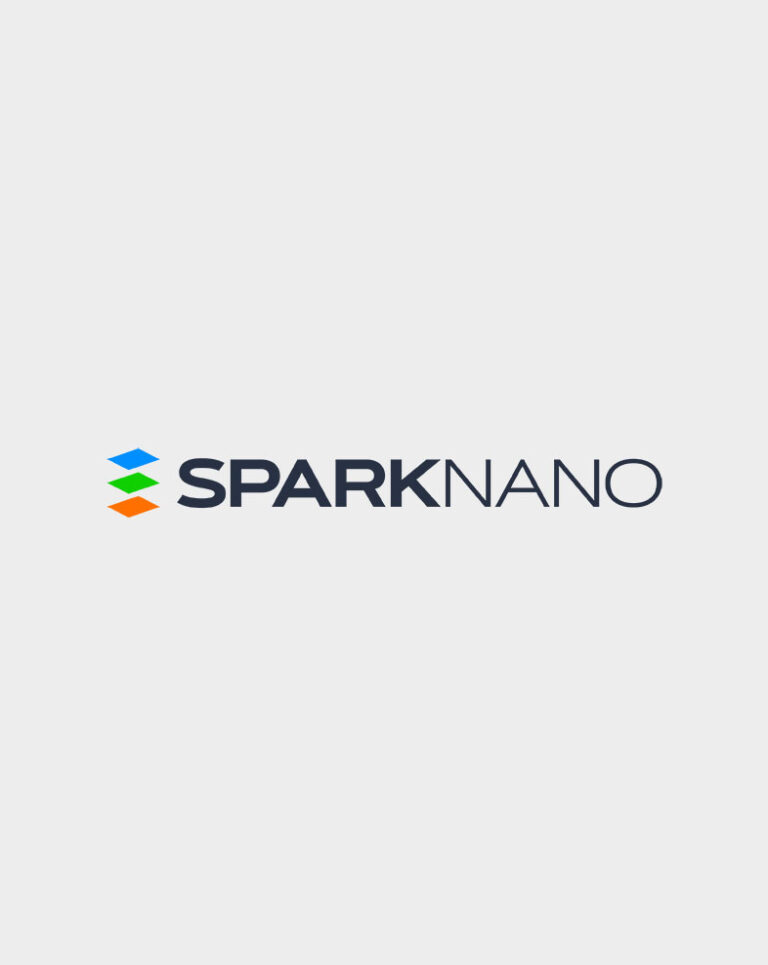Spark Nano (Eindhoven, the Netherlands) is commercialising a technology that could be key to scaling up the hydrogen fuel cell market.
The company’s Spatial Atomic Layer Deposition (S-ALD) equipment is “a revolutionary advancement” that “retains all the advantages of ALD while dramatically enhancing its throughput.”
ALD is a technique for depositing thin, uniform films onto substrates, particularly those with complex, high aspect ratio geometries or high surface areas, by exposing the substrate to alternating precursor and co-reactant gases, allowing for the controlled growth of materials at the atomic level.
In fuel cells, it is used in areas such as applying platinum metal catalysts to carbon nanotube cathodes.
While traditional ALD is a time-consuming sequential process that is not conducive to high-volume production, posing a challenge for a hydrogen fuel cell market that is estimated could be worth $8.7 billion by 2028.
In contrast, Spatial-ALD operates continuously, allowing for the rapid deposition of materials. This innovation not only speeds up the process but also makes it feasible for high-volume manufacturing, essential for industries such as fuel cells where large-scale production is crucial.
“Fuel cells, pivotal in the green energy landscape, benefit significantly from the precision and efficiency of spatial ALD,” says Koen Driessen, Chief Commercial Officer at SparkNano. “The scalability of Spatial-ALD for industrial applications is one of its most significant advantages.”
Spatial-ALD technology could be a crucial enabler in the green energy transition, SparkNano believes.
Fuel cells that convert hydrogen into electricity will play a vital role in reducing carbon emissions, but the cost, efficiency and longevity of these are often constrained by precious metals such as platinum, Driessen says.
“Fuel cells typically require catalysts like platinum, which are expensive and scarce,” he says. “Spatial ALD allows for the precise deposition of platinum, ensuring that only the necessary amount is used. This minimises waste and reduces costs while maintaining optimal catalytic activity.”
Furthermore, Driessen says: “Spatial ALD excels in coating complex structures such as carbon nanotubes, which are often used in fuel cells due to their large internal surface areas.”
“By penetrating these porous, high aspect ratio structures, Spatial-ALD ensures a more effective catalytic surface, enhancing the overall performance of the fuel cells.”
Moreover, he says, “the strong chemical bonds formed during the ALD process improve the durability of the catalytic layers, extending the lifespan of the fuel cells compared to other deposition methods like ink droplets printing or electrochemical deposition.”
Efficient use of materials “aligns with sustainable manufacturing practices,” says Driessen, “contributing to the broader goals of the green energy transition.”
“Technology can support the quest for a sustainable planet and the development of better, cheaper and higher-performing materials for the hydrogen, battery, display and solar markets,” he adds.
“By facilitating high-volume production, spatial ALD ensures that the supply of fuel cells can meet this growing demand, making it a critical technology for the future of energy.”
First, however, manufacturing lines need to be adapted or upgraded to accommodate Spatial ALD equipment. And manufacturers must optimise their processes to leverage the full benefits of spatial ALD, which may require significant adjustments and fine-tuning.
Also, while spatial ALD reduces material costs, the initial investment in new equipment and process development can be substantial. However, says Driessen, the long-term benefits, including reduced material usage and enhanced production efficiency, outweigh these initial challenges.
“Additionally, SparkNano’s work with Smoltek on the electrolysis side, using iridium as a catalyst, further exemplifies the versatility and effectiveness of Spatial ALD across different applications within the hydrogen economy.”
Innovation is at the heart of SparkNano’s approach to Spatial ALD, says Driessen. “The company differentiates itself through its mature technology and strategic partnerships,” he notes.
“These partnerships provide access to highly reactive and cost-effective precursors, as well as advanced manufacturing technology, essential for scalable and economical deposition processes.”
“SparkNano continuously explores new materials and methods to enhance the capabilities of Spatial ALD, ensuring the technology remains at the forefront of the industry. Looking ahead, SparkNano aims to further refine Spatial ALD technology and expand its applications.”



